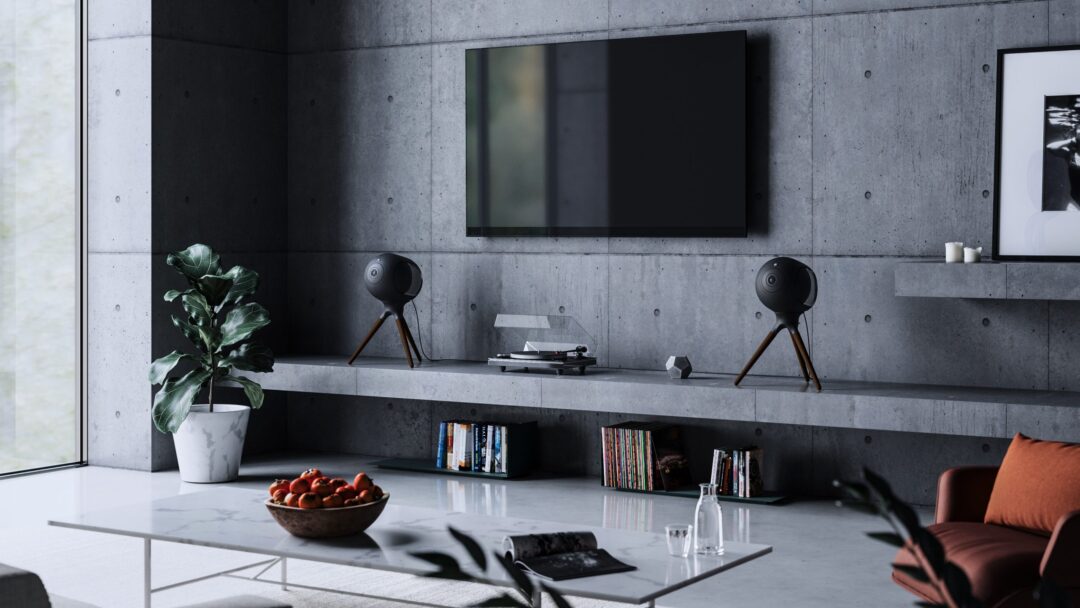I almost fell off the chair when I first heard the Devialet Silver Phantom back in 2015. A speaker for style-conscious people who want comfort but also hefty sound. Incredibly loud sound.
How was it possible that a speaker with a cabinet of only 6 liters could move such large amounts of air? The bass was monstrous, went deeper than many subwoofers, on the whole it was absolutely wild.
The Silver Phantom was simply a technological marvel, with few weaknesses. One of them being that the woofers were held back when playing loud, to protect them. The stroke length must be enormous to force such deep bass out of the small cabinets, and even then it must stop at some point.
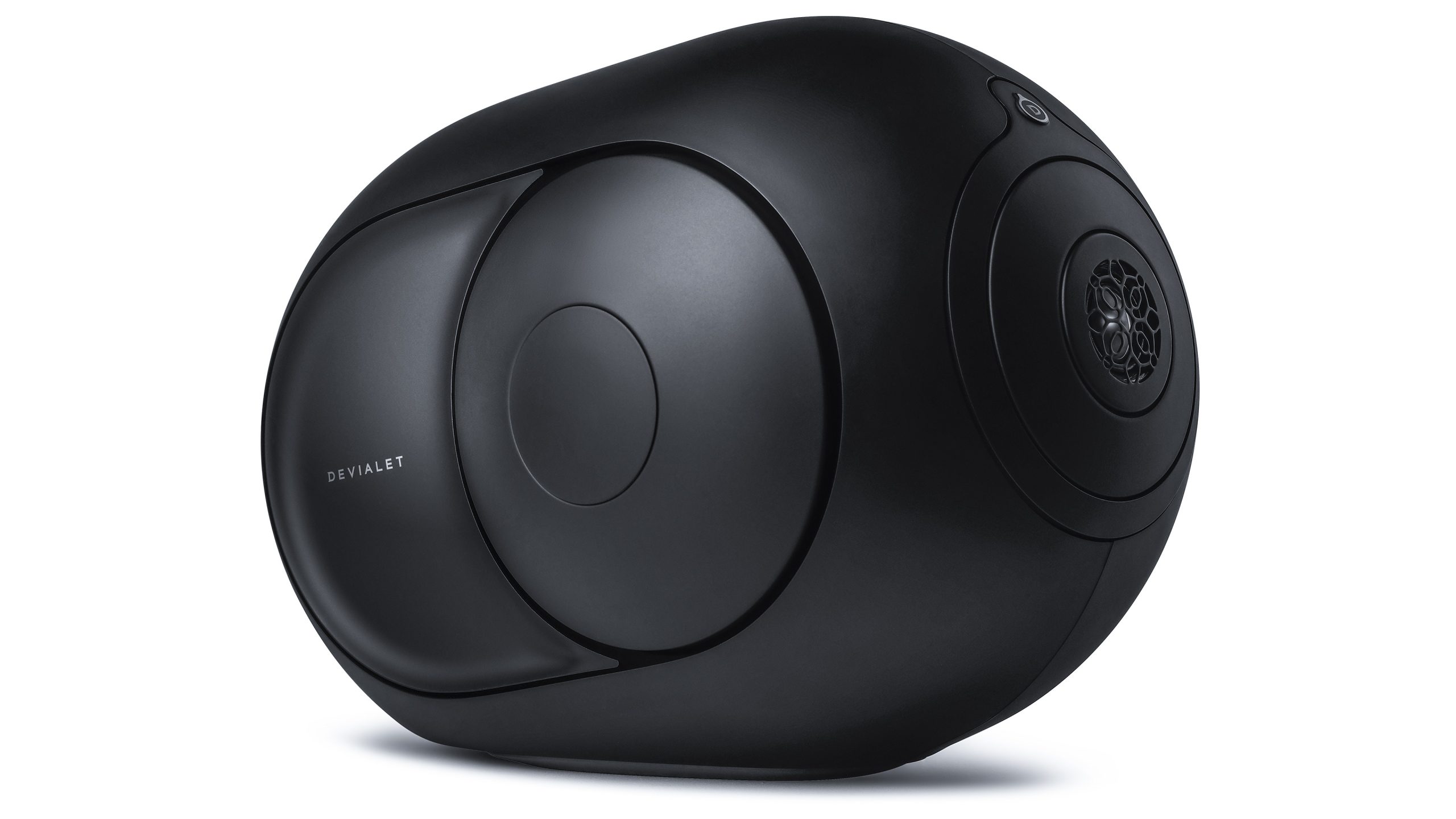
Ease of use could be better
The usability of the Silver Phantom (and its big sister Gold Phantom) was good, but some solutions could have been improved.
First, if you bought two speakers to connect as a stereo pair, one was dependent on a box next to it (Dialog). This had to be connected to the home network with cable, and communicated wirelessly with the speakers.
The music had to be played through Devialet’s own app, Spark. I myself liked it when it came out, but the development of streaming services continues all the time, and many people will probably prefer to play the music from the original app, belonging to the service they are used to.
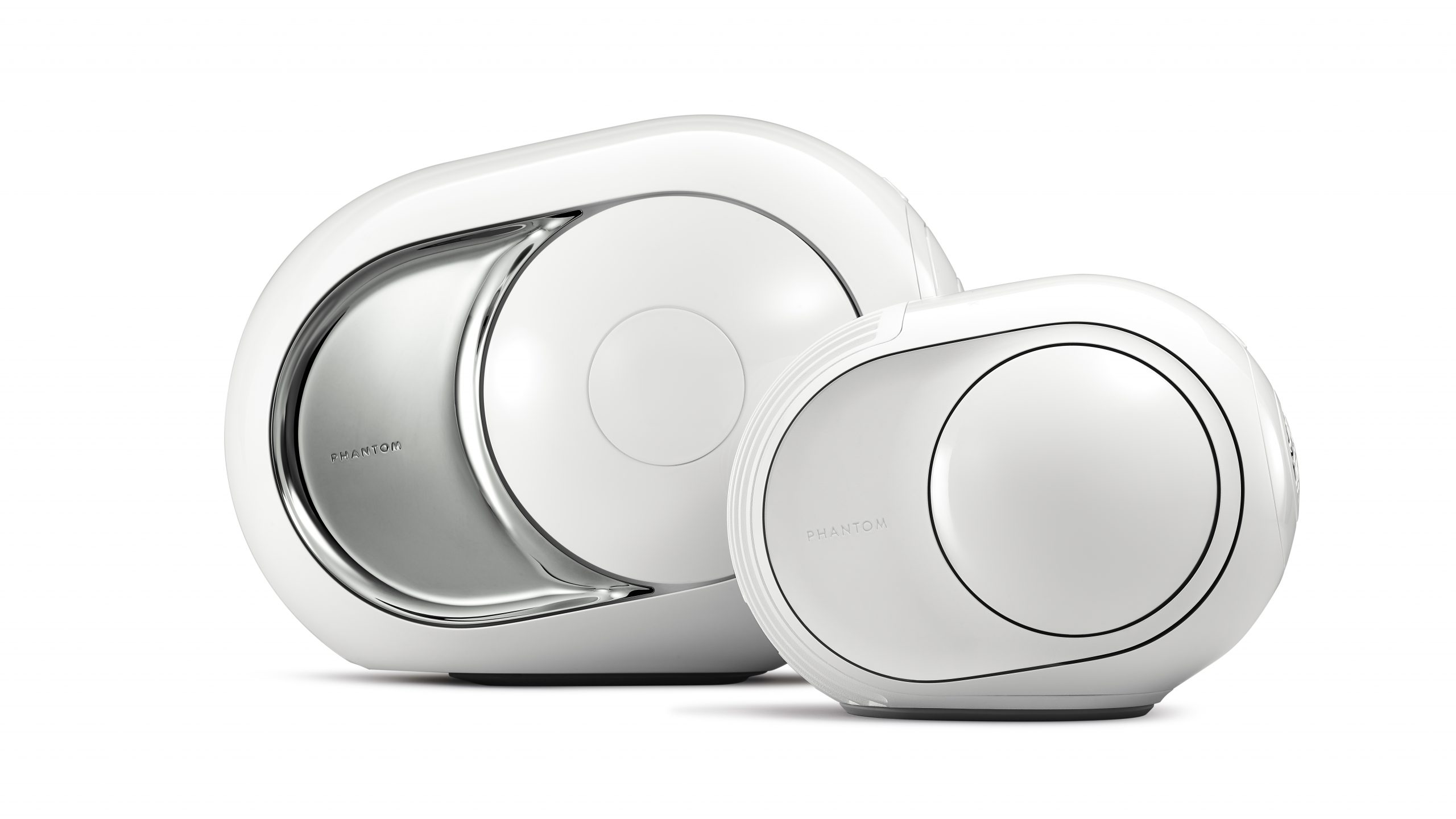
Inspiration from the smaller models
Recently, Devialet has further developed the speaker technology, and in 2018 they had managed to squeeze much of the same impressive sound, into even smaller cabinets, with the Phantom Reactor. With these, they also cut out the Spark app, instead they were directed to use either Airplay or Bluetooth when playing the music. The Dialog box was no longer needed either, as the speakers could be connected both in stereo and in several rooms, on their own.
With the knowledge gained in the construction of the even smaller speakers, it has been in the cards that Devialet wants to show what the better technology has to offer, when you put it into the larger cabinets of the big brothers.
Now the result is here, with the Phantom I. This series replaces the largest Phantom speakers (while the smaller Reactor speakers are renamed the Phantom II).
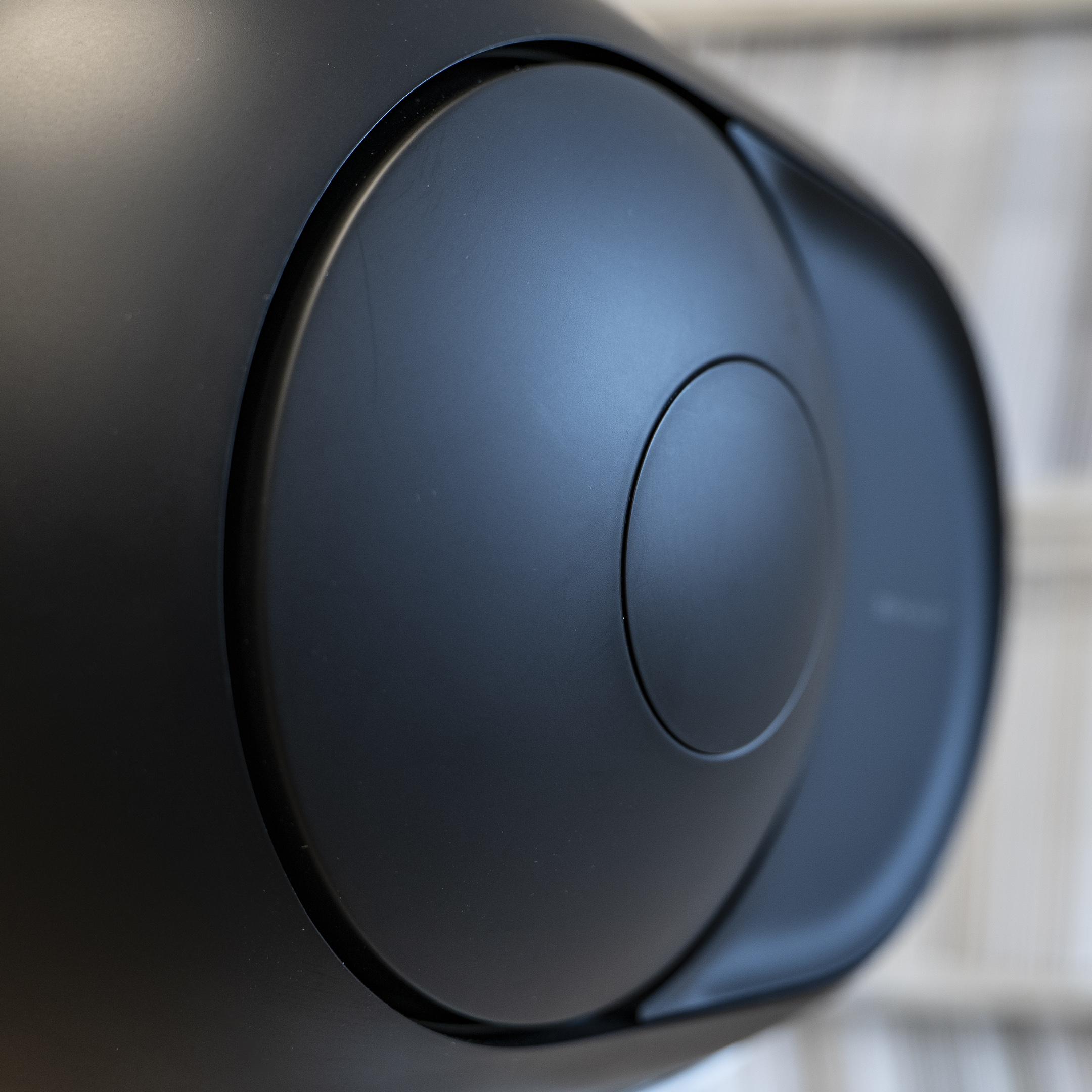
Away with the app
Phantom I also does not need the Spark app. Instead, the speakers have Airplay 2 for iPhone users, and Spotify Connect and Bluetooth for everyone else.
In addition, all newer Phantom speakers have recently been updated with Roon Ready certification. This is good news for Roon users, because now Roon on PC and Mac can find the speakers automatically on the network, without going through Airplay. This means that you can send high-definition sound up to 96 kHz losslessly to the speakers. This also applies to MQA on Tidal, which is then decoded to PCM format in the software itself, before the music is sent on to the speakers.
The speakers also have optical digital input, for loud sound from the TV. If you want to connect the turntable, you need the external box, Arch as well.
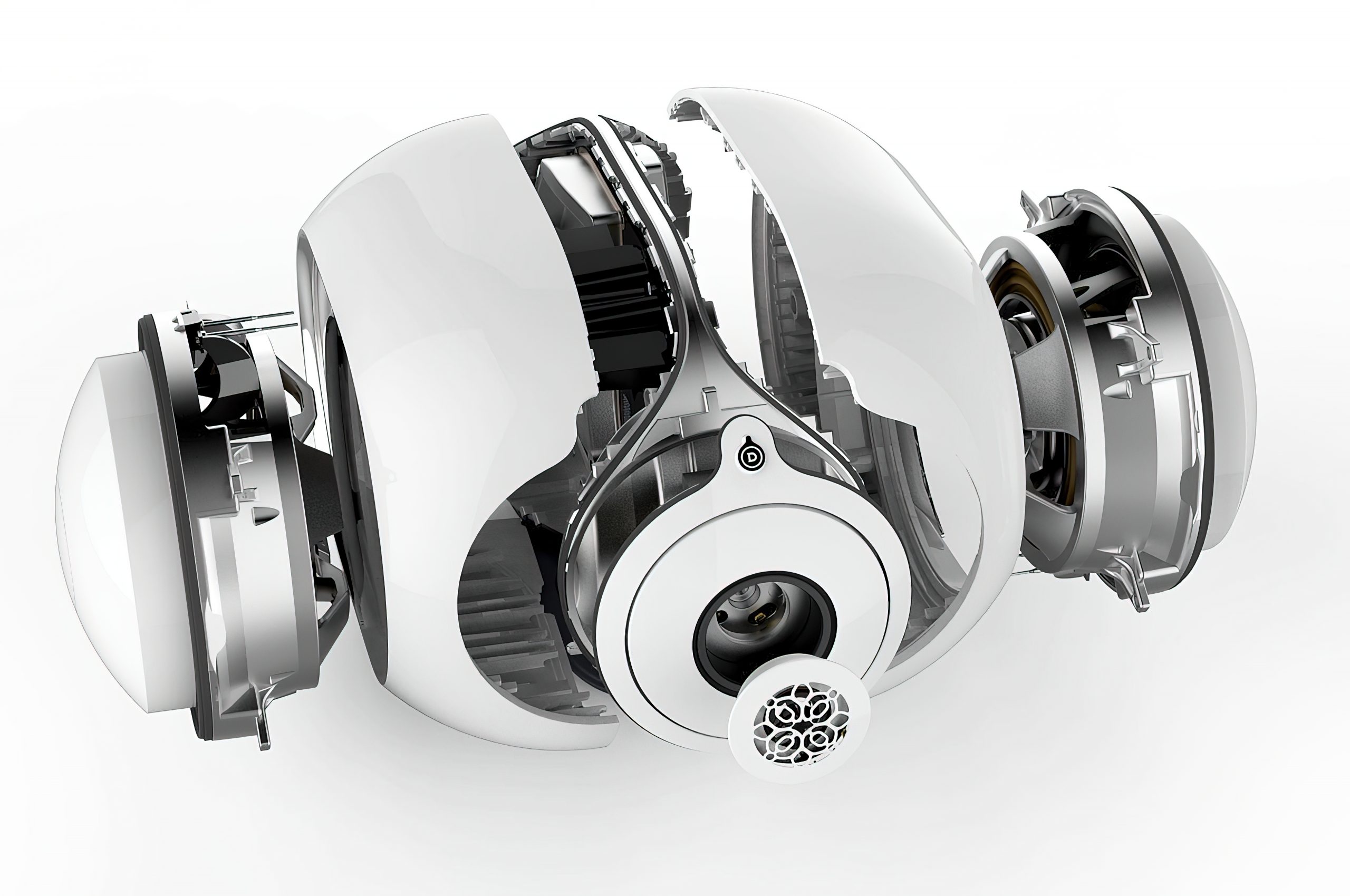
Improved content
In terms of sound, the Phantom I has been upgraded with better digital processing and a more sophisticated amplifier compared to its predecessors. In addition, the new speakers have a better distribution of heat, and they are now four times more energy efficient.
Like other Phantom speakers – and also Devialet’s amplifiers – Phantom I uses Devialet’s patented ADH (Analog Digital Hybrid) amplification. This is an ingenious way to let analog Class A and “digital” Class D amplification complement each other and thus increase efficiency without compromising sound quality. Do not ask me, I’m not an engineer. But that Devialet’s amplifiers are good is an understatement.
SAM is in control
To prevent the drivers from traveling longer than their stroke length, Devialet uses a technology they call SAM (Speaker Active Matching). The system knows exactly how far the woofers can safely move, and stops when they reach this point. This is what allows the speakers to play so loud.
Furthermore, the speakers are designed to disperse sound waves from the spherical cabinet evenly in all directions.
Three quality levels
There are three different Phantom I models: 103 dB, 108 dB and 108 dB Opéra de Paris. The latter being a more refined version of 108 dB, and thus also the most expensive.
I wanted to test the most sensible of the three, namely the 103 dB version. Each speaker costs around £1000 less than 108 dB, and since I think you should of course have two in stereo, it will be much to save. Also, if you play something higher than the maximum level of this, the bass flattens out and the party factor will limit itself anyway.
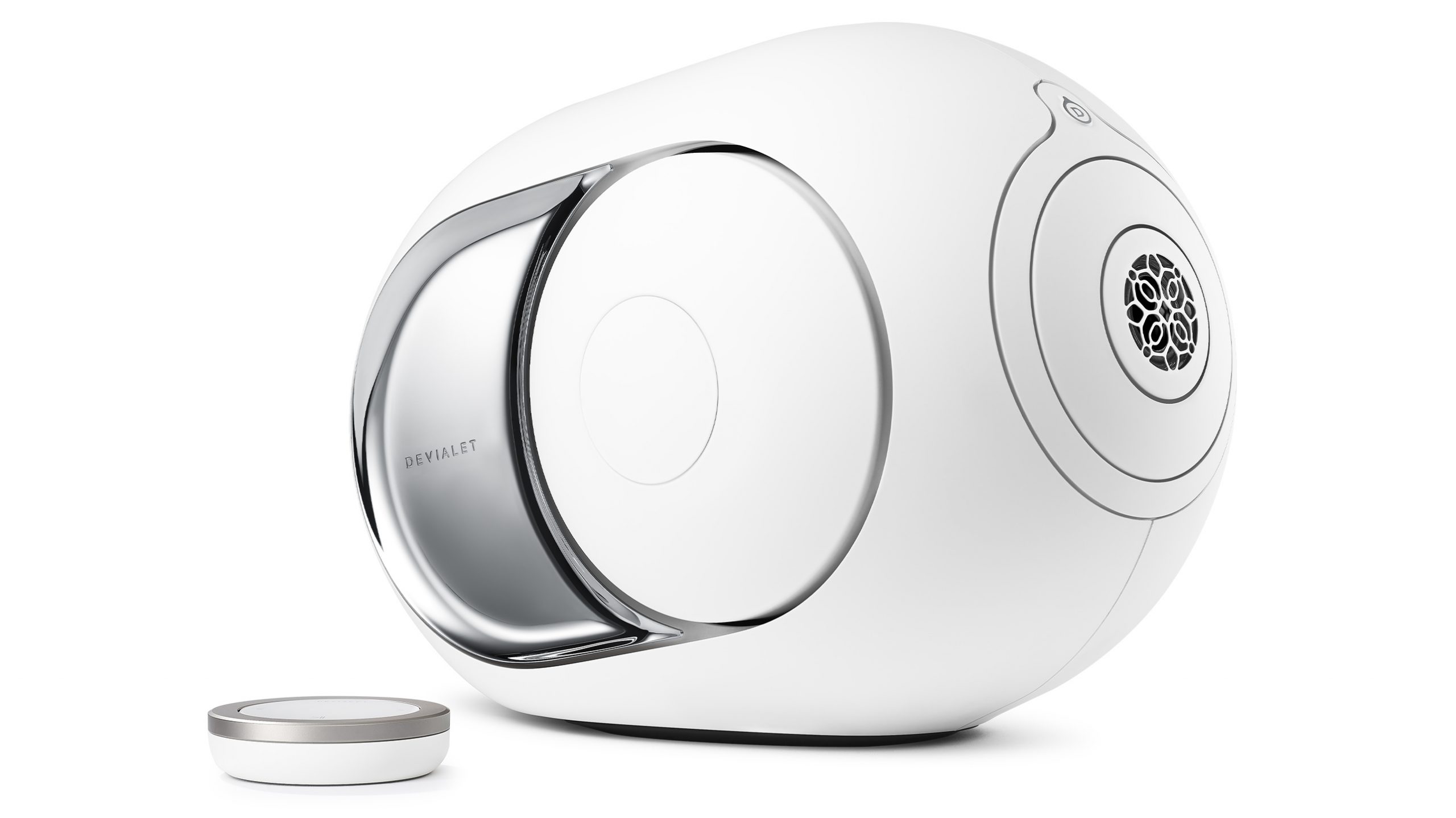
Phantom I 103 dB – black or white
The 103 dB version is available in two finishes: matte white with silver side panels, or matte black with black panels.
The test samples I got for reveiew was the black variant, and I must say it is gorgeous. It blends anonymously into the environment, but the round curves are still something very special. Unfortunately, the distributor only had stands in white and wood color available, which in appearance is a bad match with the black speakers, but I at least got to test how the speakers sound on the original stands. And the stands have some clever solutions for hiding cables that can make them worth considering, even if they cost a lot.
Connection
Connecting the speakers is very easy. Download the Devialet app, make sure your mobile is connected to your home network, and you press “Yes” when the app says it has found two speakers that it wants to connect to the network. A sound comes from the first speaker, and you are asked to put your hand on the “forehead” of the speaker. Do this and the speaker confirms with a “plop”. Repeat on the other speaker, and confirm in the app that the speakers are a stereo pair. That was it!
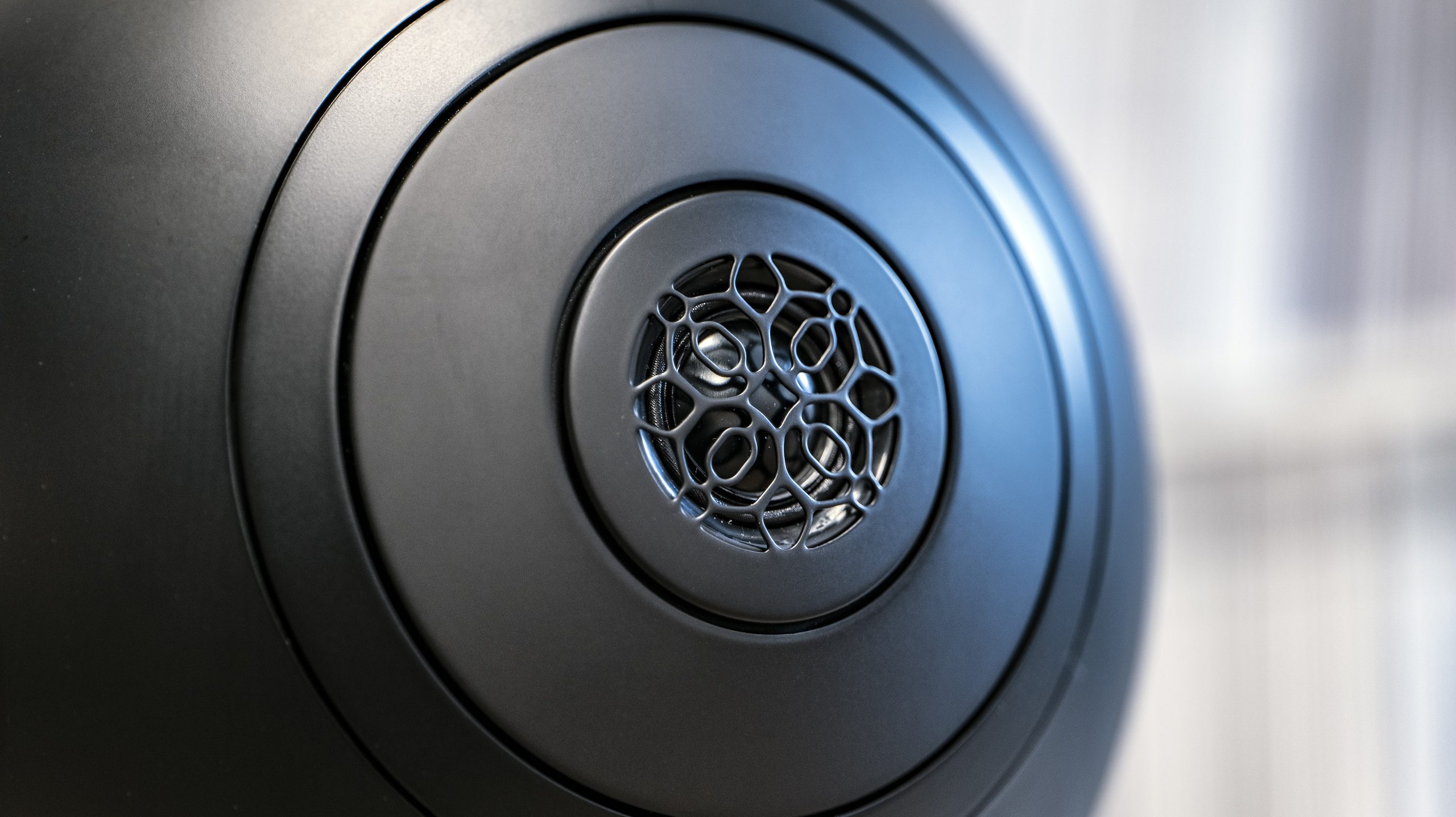
Sound quality
Where the smaller Reactor 900 and 600 speakers are impressively capable with their cabinets of only 3 liters, it is natural that there is even more substance when you double the size. And that’s good, because even though I’m impressed, the little brothers are not without compromises.
The smaller speakers must be closer to each other than I am used to in a cohesive stereo image. About 2 meters is optimal, and I had to pull the sofa a little closer to the speakers than I usually do.
With Phantom I, the situation is different. They fill the test room in a completely different way, with the greatest obviousness. The speakers can be placed where I want them: with a good distance to the back and side walls, about three meters apart and partially angled towards the listening position.
Can there be only one?
For the record: You can of course buy and use only one speaker. But I think that is quite a waste. Sure, the Phantom I will impress, but if you only want one speaker, it makes a lot more sense to buy a Sonos Play:Five or Denon Home 350. Or, somewhat more expensive, buy B&O Beosound Balance, it plays 360 degrees and works much better solo than what Phantom I does.
Transparent!
I was going to start with the thundering, abysmal bass. But instead I want to focus on the overall sound quality. It is exceptionally good.
The sound is experienced as very linear, with great transparency and a resolution that is few and far between. Springsteen’s voice is fragile and open on the ballad One Minute You’re Here, it is large and yet weightless, where it hangs in front of me in the room between the speakers. The strings from the guitar are well separated, while the harmonies in the chords are unassailable. When such a careful percussion with bass drum (or is it timpani?) Fills in the bottom, and strings spread outwards, the goosebumps appear.
“Ambience and airiness is a reality, and dynamics a fact.”
The godfather excels
The legendary main theme of The Godfather from 1972 is a small revelation. Phantom I brings the trumpet forward into the room, before the piano in the left channel creates an unpleasant dissonance, whereupon the cello enters and re-introduces harmony. Pizzicato strings appear, before the solo clarinet makes its arrival and introduces the trumpet again. The whole thing is a wonderful dance of instruments, tightly directed by Phantom I.
Ambience and airiness i a reality, and dynamics a fact.
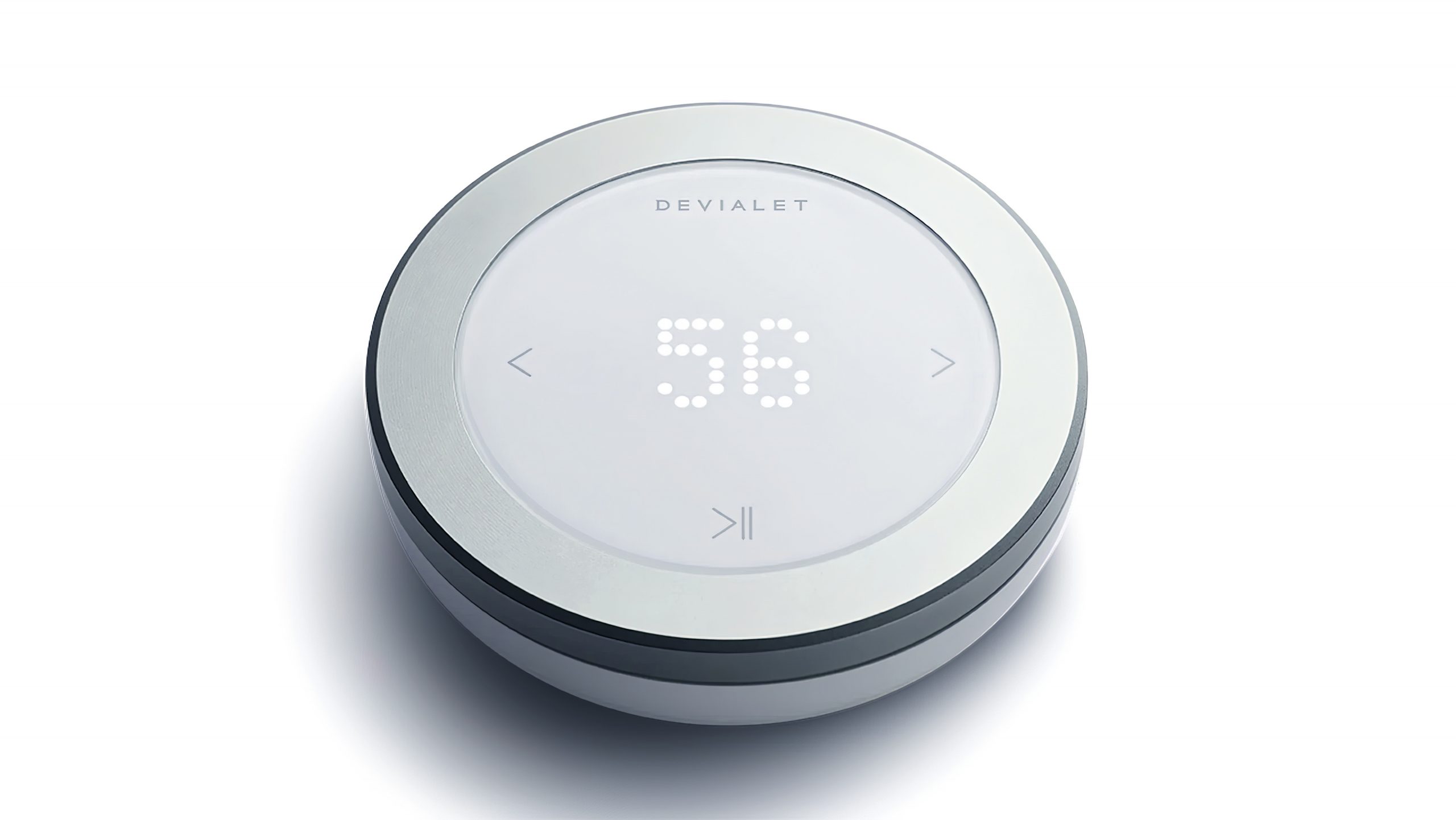
Sound pressure and bass
Then we come to what many will be most impressed with: namely the bass. Phantom I is exceptionally lively, all the way down to the deepest octave. It feels like there’s a subwoofer somewhere. And 103 dB is more than loud enough to invite to a party.
I still notice that pop rhythms that should feel like a hit to the cling to the stomach can sound a little soft. On some songs, the bass comes a bit like waves to the beach, rather than the Bruce Lee kick one hopes for. The more bass energy that is in the recording, the more prominent this tendency becomes.
In order to get so much bass out of the small cabinets, the diaphragms have to go very far. And even with plenty of amplifier power, it will take a little longer than if larger bass elements are to travel very short. Therefore, the bass may sound a little soft at times.
Furthermore, Phantom I also fails to break the laws of nature, and the bass becomes flatter than its predecessors when you play very loud. But I feel it sounds less sterile this time.
Tip: if you think the bass takes over, or you are going to play music or movies in the evening while others want to sleep, then there is a Night mode feature in the Devialet app. This rolls off effectively in the bass. But then it also becomes quite flat and tame, so this function should not be on normally.
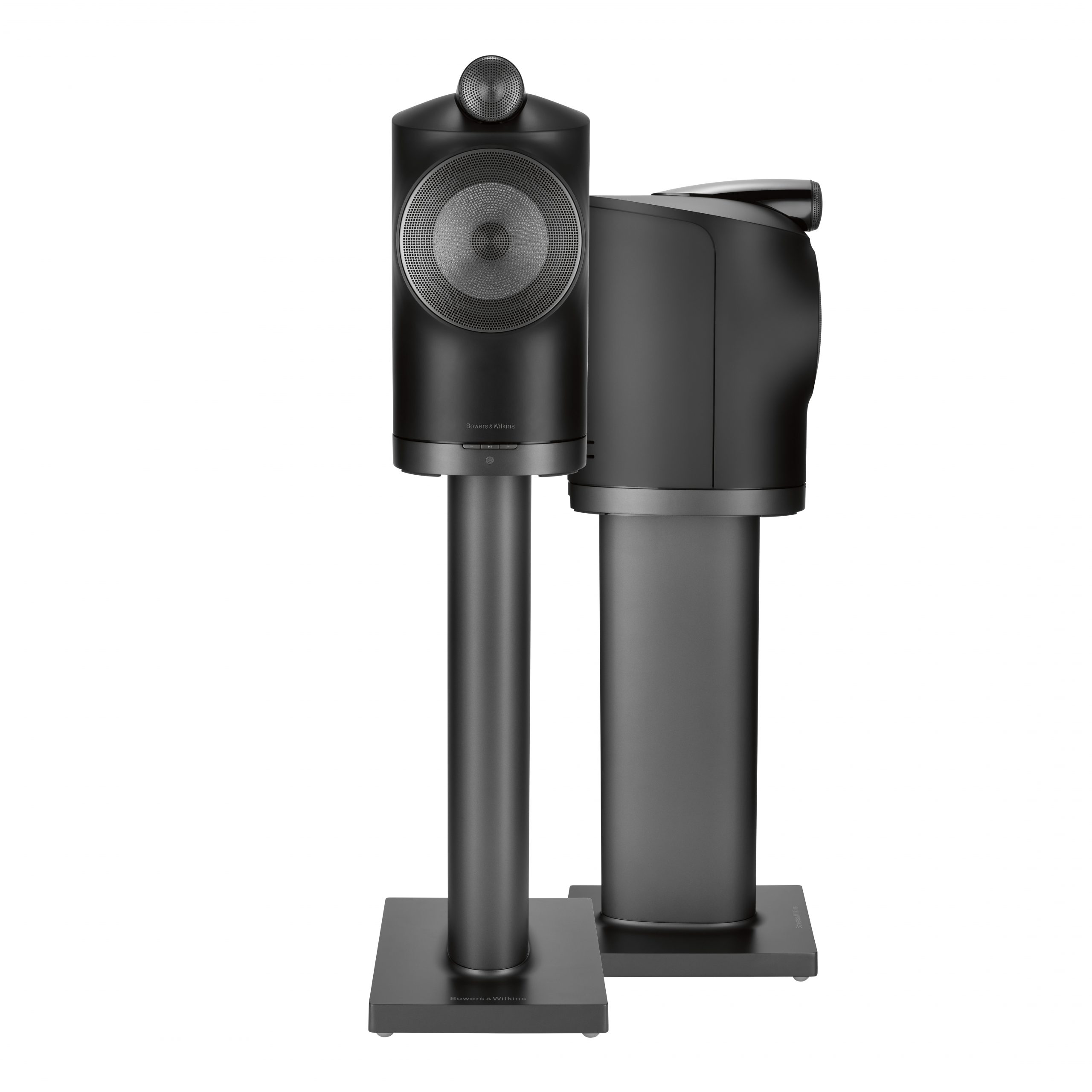
Competitors
The Phantom I 103 dB is in many ways a unique speaker, but it is not without competitors. The aforementioned B&O Beosound Balance is one to notice, and I would buy it if I were to have only one. But Balance does not have exactly the same dynamics and bass quality, so I probably would not buy it for stereo use.
Bowers & Wilkins Formation Duo is a much scarier competitor to Devialet. Without having tried the two side by side, I’m pretty clear that the Formation speakers sound warmer and even more inviting and cohesive, especially in the mid-bass range. And with an even more silky treble reproduction. Personally, I could have quickly chosen Formation Duo over Phantom I 103 dB, if it were not for one important detail: they do not have optical digital input, and can not be connected to the TV without a separate network player (Formation Audio). For one reason, the Phantom I 103 dB will be a better choice for many.
If you want to save money, you can alternatively choose KEF LS50 Wireless II. They can play even louder than the Phantoms, but then with a less overwhelming bass reproduction. In addition, they have several connectivity options, including HDMI with eARC, and they have a higher resolution DAC that also supports the MQA music format directly.
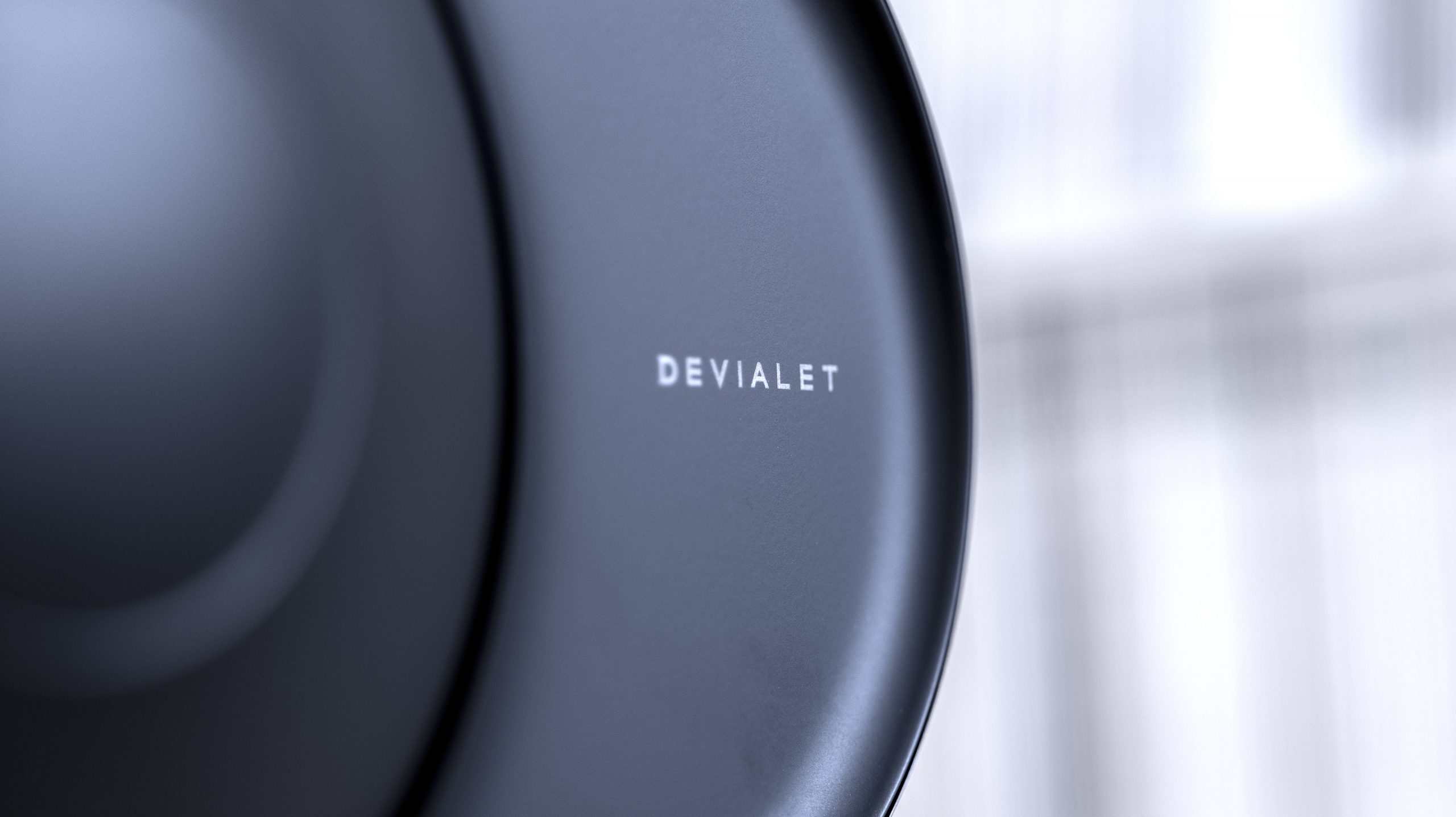
Conclusion
If you are looking for a high-tech lifestyle speaker that sounds much bigger than it looks, then the Devialet Phantom I should be high on your list. Devialet have really surpassed themselves with the Phantom I 103 dB. From a speaker cabinet of only 6 liters, it squeezes out deep bass that almost no one else can, and it can play loud – and pure!
The sound is even more refined than before, and now you no longer need a separate box to connect two in stereo. Which we believe despite double price gives even more and better sound for the money than just one speaker.
The usability is excellent, although some may think there is little with AirPlay 2, Spotify Connect and Bluetooth. And Roon, then, for the hi-fi insiders.
No matter how you twist and turn it, the Phantom I 103 dB is a fabulous speaker you should run to hear right away!

We think
Large and transparent sound image, insane dynamics from such small cabinets. And then the basement-deep bass! The bass can be a challenge in terms of speaker placement. The dynamics of the bass are limited by high sound pressure.
1890 €
Specifications
- Type: Active, wireless, compact
- Network: Wi-Fi, Ethernet
- Wireless: Spotify Connect, AirPlay 2, UPnP, Bluetooth (5.0)
- Frequency range: 16 Hz – 25 kHz (+/- 1dB)
- DAC: 24-bit/96kHz
- Elements: 2 x 7″ woofers, 5″ + 1″ coaxial driver
- Sound pressure: 103 dB (1 m)
- Amplifier power: 500 watts RMS
- Cabinet volume: 6 liters
- Weight: 11.4 kg
- Color: Matt black or Matt white w/ silver colored side covers
- Web: devialet.com
